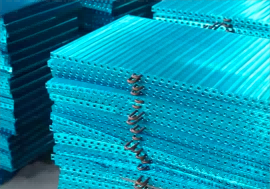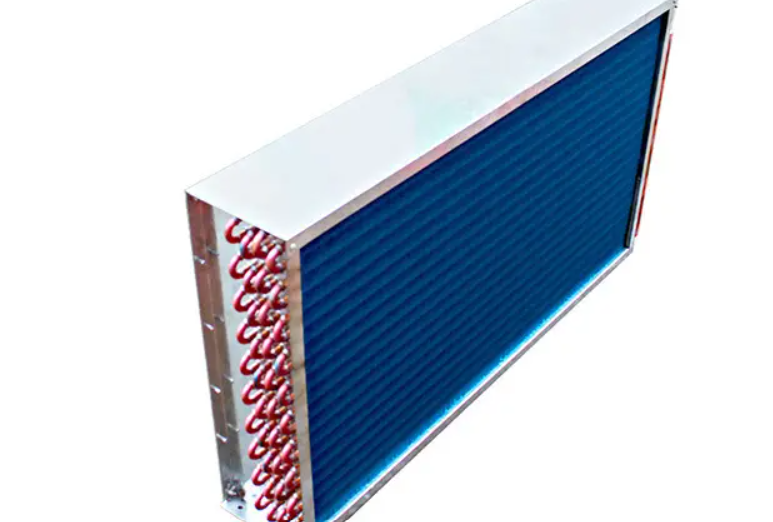The application of aluminum strips in finned heat sinks is significant for enhancing thermal management in various electronic and mechanical systems. Here are the key aspects of their application:
Conduction of Heat
Aluminum, known for its excellent thermal conductivity, efficiently transfers heat away from heat-generating components such as CPUs, GPUs, power transistors, and other electronic devices. Aluminum strips integrated into the fins of heat sinks facilitate the rapid dissipation of heat to the surrounding environment.
Lightweight Design
Aluminum is lightweight compared to other metals, making it an ideal material for constructing heat sink fins. The use of aluminum strips helps maintain the overall weight of the heat sink at a manageable level, which is crucial in applications where weight is a concern, such as portable electronic devices or aerospace equipment.

Corrosion Resistance
Aluminum possesses natural corrosion resistance, which is enhanced by surface treatments such as anodization or coating. This corrosion resistance ensures the longevity and reliability of the finned heat sink, especially in environments prone to moisture or chemical exposure.
Manufacturability
Aluminum strips are easily formed and machined into various shapes and sizes, allowing for the customization of heat sink designs to meet specific thermal management requirements. This versatility in manufacturing enables the production of heat sinks with optimized fin configurations for efficient heat dissipation.
Cost-effectiveness
Aluminum is relatively abundant and cost-effective compared to other metals commonly used in heat sinks, such as copper. This makes aluminum strips a preferred choice for heat sink construction, offering an optimal balance between performance and cost.
Compatibility with Thermal Interface Materials
Aluminum strips provide a compatible surface for bonding with thermal interface materials such as thermal pads or thermal pastes. This ensures efficient heat transfer between the heat sink and the heat-generating component, further enhancing thermal dissipation capabilities.

Overall, the application of aluminum strips in finned heat sinks is instrumental in managing thermal loads in electronic and mechanical systems, ensuring optimal performance and reliability. Their combination of thermal conductivity, lightweight design, corrosion resistance, manufacturability, cost-effectiveness, and compatibility with thermal interface materials makes aluminum strips a versatile and indispensable component in heat sink technology.


